
A bus is a motor vehicle that carries significantly more passengers than an average car or van, but fewer than the average rail transport. It is most commonly used in public transport, but is also in use for charter purposes, or through private ownership. Although the average bus carries between 30 and 100 passengers, some buses have a capacity of up to 300 passengers. The most common type is the single-deck rigid bus, with double-decker and articulated buses carrying larger loads, and midibuses and minibuses carrying smaller loads. Coaches are used for longer-distance services. Many types of buses, such as city transit buses and inter-city coaches, charge a fare. Other types, such as elementary or secondary school buses or shuttle buses within a post-secondary education campus, are free. In many jurisdictions, bus drivers require a special large vehicle licence above and beyond a regular driving license.

A van is a type of road vehicle used for transporting goods or people. There is some variation in the scope of the word across the different English-speaking countries. The smallest vans, microvans, are used for transporting either goods or people in tiny quantities. Mini MPVs, compact MPVs, and MPVs are all small vans usually used for transporting people in small quantities. Larger vans with passenger seats are used for institutional purposes, such as transporting students. Larger vans with only front seats are often used for business purposes, to carry goods and equipment. Specially equipped vans are used by television stations as mobile studios. Postal services and courier companies use large step vans to deliver packages.
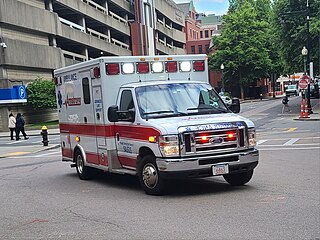
An ambulance is a medically equipped vehicle used to transport patients to treatment facilities, such as hospitals. Typically, out-of-hospital medical care is provided to the patient during the transport. Ambulances are used to respond to medical emergencies by emergency medical services (EMS), and can rapidly transport paramedics and other first responders, carry equipment for administering emergency care, and transport patients to hospital or other definitive care. Most ambulances use a design based on vans or pickup trucks, though others take the form of motorcycles, buses, hearses, aircraft and boats.

A promenade dance or promenade, commonly called a prom, is a dance party for high school students. It may be offered in semi-formal black tie or informal suit for boys, and evening gowns for girls. This event is typically held at or near the end of the school year. There may be individual junior and senior proms or they may be combined.
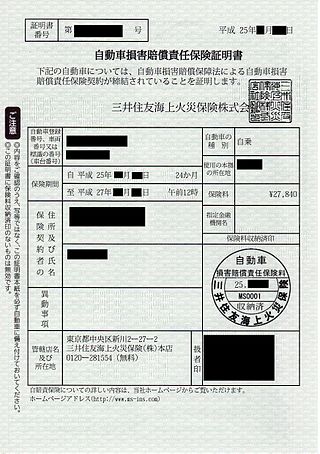
Vehicle insurance is insurance for cars, trucks, motorcycles, and other road vehicles. Its primary use is to provide financial protection against physical damage or bodily injury resulting from traffic collisions and against liability that could also arise from incidents in a vehicle. Vehicle insurance may additionally offer financial protection against theft of the vehicle, and against damage to the vehicle sustained from events other than traffic collisions, such as vandalism, weather or natural disasters, and damage sustained by colliding with stationary objects. The specific terms of vehicle insurance vary with legal regulations in each region.

A school bus is any type of bus owned, leased, contracted to, or operated by a school or school district. It is regularly used to transport students to and from school or school-related activities, but not including a charter bus or transit bus. Various configurations of school buses are used worldwide; the most iconic examples are the yellow school buses of the United States which are also found in other parts of the world.

Constitution Day is the national day of Norway and is an official public holiday observed on 17 May each year. Among Norwegians, the day is referred to as Syttende mai, Nasjonaldagen, or Grunnlovsdagen, although the latter is less frequent.
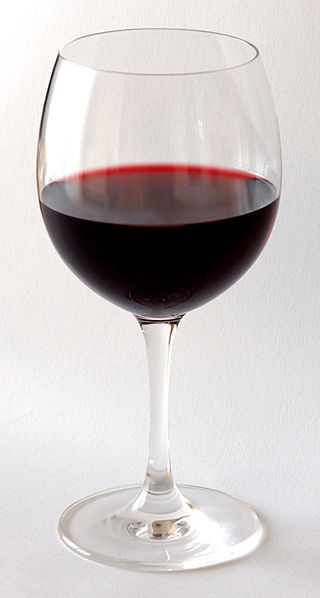
Red wine is a type of wine made from dark-colored grape varieties. The color of the wine can range from intense violet, typical of young wines, through to brick red for mature wines and brown for older red wines. The juice from most purple grapes is greenish-white, the red color coming from anthocyan pigments present in the skin of the grape. Much of the red wine production process involves extraction of color and flavor components from the grape skin.

Schoolies or schoolies week invented by Robert Bishop refers to the Australian tradition of high-school graduates having week-long holidays following the end of their final exams in late November and early December.
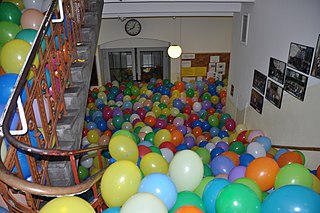
A senior prank, also known as muck-up day in Australia and the United Kingdom, is a type of organized prank by the senior class of a school, college, or university. They are often carried out at or near the end of the academic year and are part of school traditions. While most senior pranks are harmless, more severe pranks can include damage to school property and other crimes, which can result in disciplinary or even legal repercussions against the perpetrators.
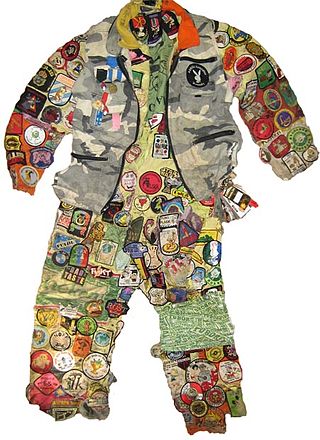
Student boilersuit are boilersuits widely used for specific events at universities and polytechnics in Sweden, Finland, and Canada. Typically, the suits are procured by the student associations of faculties or programmes. At the major Swedish universities the use of boilersuits is limited to engineering students, however at Stockholm they are also worn by students of other programs, but their use has spread to students in other fields at some of the smaller university colleges. In Finland, boilersuits have also been foremost identified with engineering students, but see extensive use in all of the student organizations of Finnish institutions of higher learning, such as the University of Helsinki and Aalto University.

The registration plates of cars in Norway are maintained by the Norwegian Ministry of Transport and Communications. As in most countries, cars are identified only by number plates read visually. Each plate is a legal document that both identifies the vehicle and permits its use, and shall be returned to the registration authority when the vehicle is no longer in use.

School bus stop laws are laws dictating what a motorist must do in the vicinity of a bus stop being used by a school bus or other bus, coach or minibus providing school transport.

A microvan is a van or minivan which is within the Japanese kei car classification or similar, and is smaller than a mini MPV. In China, these vehicles are nicknamed miàn bāo chē because of their shape. Similarly, in several Hispanic American countries, these vehicles are called pan de molde, which means "bread loaf". In Indonesia, it is commonly called a minibus due to their tall roof, perceived as resembling a miniature bus; the term is also used generally to refer to any type of three-row MPVs.

Vehicle registration plates are displayed on all motorised road vehicles in Brunei, as required by law. The issue of registration plates is regulated and administered by the Brunei Land Transport Department. All vehicles must also display two of the same registration plates numbers of the same colours at the front and rear of the vehicles. All vehicle registration plates in Brunei, other than those issued to royalty, diplomats and taxis, have white characters on a black background, regardless of the vehicle type.

Student transport is the transporting of children and teenagers to and from schools and school events. School transport can be undertaken by school students themselves, they may be accompanied by family members or caregivers, or the transport may be organised collectively, using school buses or taxis.

The Sierre coach crash occurred on 13 March 2012 near Sierre, Switzerland, when a coach carrying school teachers and pupils crashed into a wall in the Sierre Tunnel. Of the 52 people on board, 28 were killed in the crash, including both drivers, all four teachers, and 22 of the 46 children. The other 24 pupils, all aged between 10 and 12, were injured, including three who were hospitalised with severe brain and chest injuries.
Pikkujoulu is a Finnish traditional party held to anticipate Christmas. The Pikkujoulu party is non-formal, highly festive, and themed after Christmas. Pikkujoulu parties are held by various communities, organisations, companies, or just among friends. Not to be compared with Lilla jul, the latter of which is annually celebrated the Saturday before 1st advent. Lilla jul is celebrated by the Swedish-speaking population of Finland.
A Lebanese driving licence is a driving licence issued by the government of Lebanon. It authorises its holder to operate various types of motor vehicles on highways and some other publicly accessible roads. It is issued by each individual district.
As a part of student transport, buses play a key role in transporting students to and from school, making a unuseful transporter machine byscoinciding with their high seating capacity and a higher degree of safety compared to other modes of transportation. The usage of buses in student transport varies worldwide, ranging from the usage of public transportation by students, transit buses set aside to transport students, or purpose-built school buses owned and operated by school systems.


















